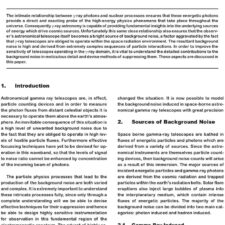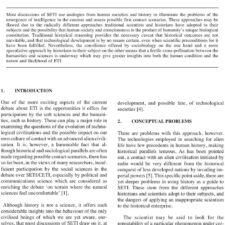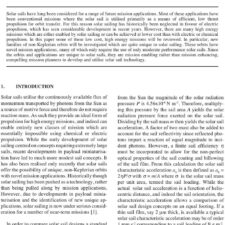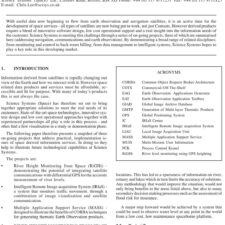Artificial Gravity and the Architecture of Orbital Habitats
£5.00
T.W. Hall (1999), JBIS, 52, 290-300
Refcode: 1999.52.290
Abstract:
This paper examines the rationale, requirements, limitations and implications of artificial gravity in the design of orbital habitats. Long-term exposure to weightlessness leads to a chain-reaction of undesirable physiological adaptations. There is both theoretical and experimental evidence that artificial gravity can substitute for natural gravity to maintain health in orbit. Aerospace medical scientists have conducted many studies during the past forty years to determine the comfort boundaries for artificial gravity. They express comfort in terms of centripetal acceleration, head-to-foot gravity gradient, angular velocity, tangential velocity, cross-coupled head rotations and the Coriolis effects of relative motion in rotating environments. A review of the literature reveals the uncertainty in these boundaries and suggests that “comfort” in artificial gravity depends as well on other aspects of environmental design, beyond the basic rotational parametres. Artificial gravity is distinct from both Earth-normal gravity and weightlessness. The goal of architectural design for artificial gravity is not to mimic Earth but rather to help the inhabitants adapt to the realities of their rotating environment.





